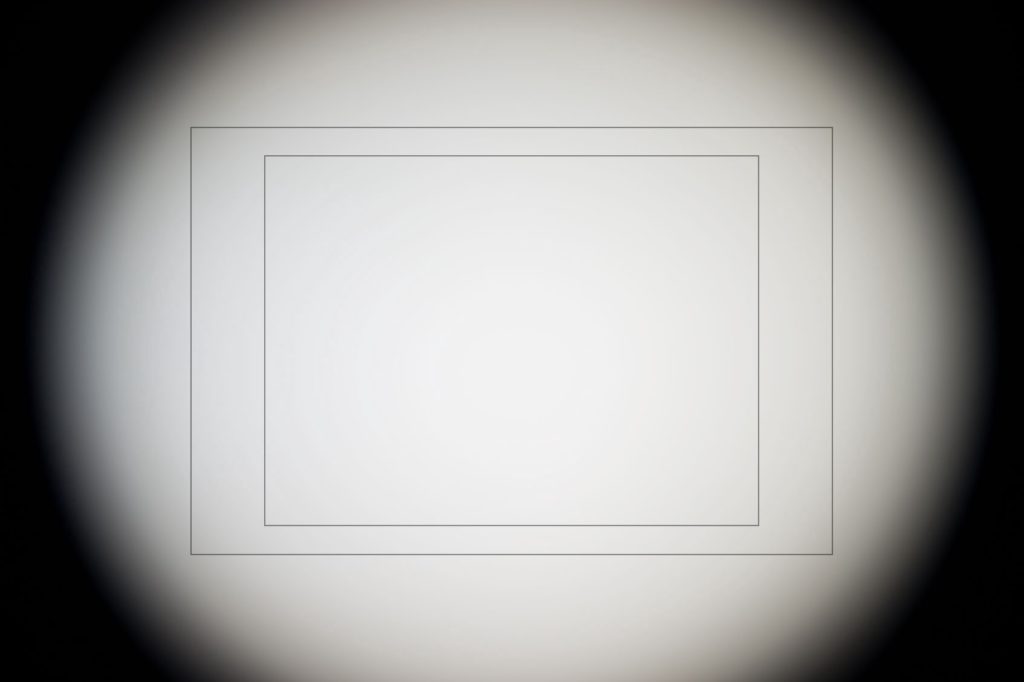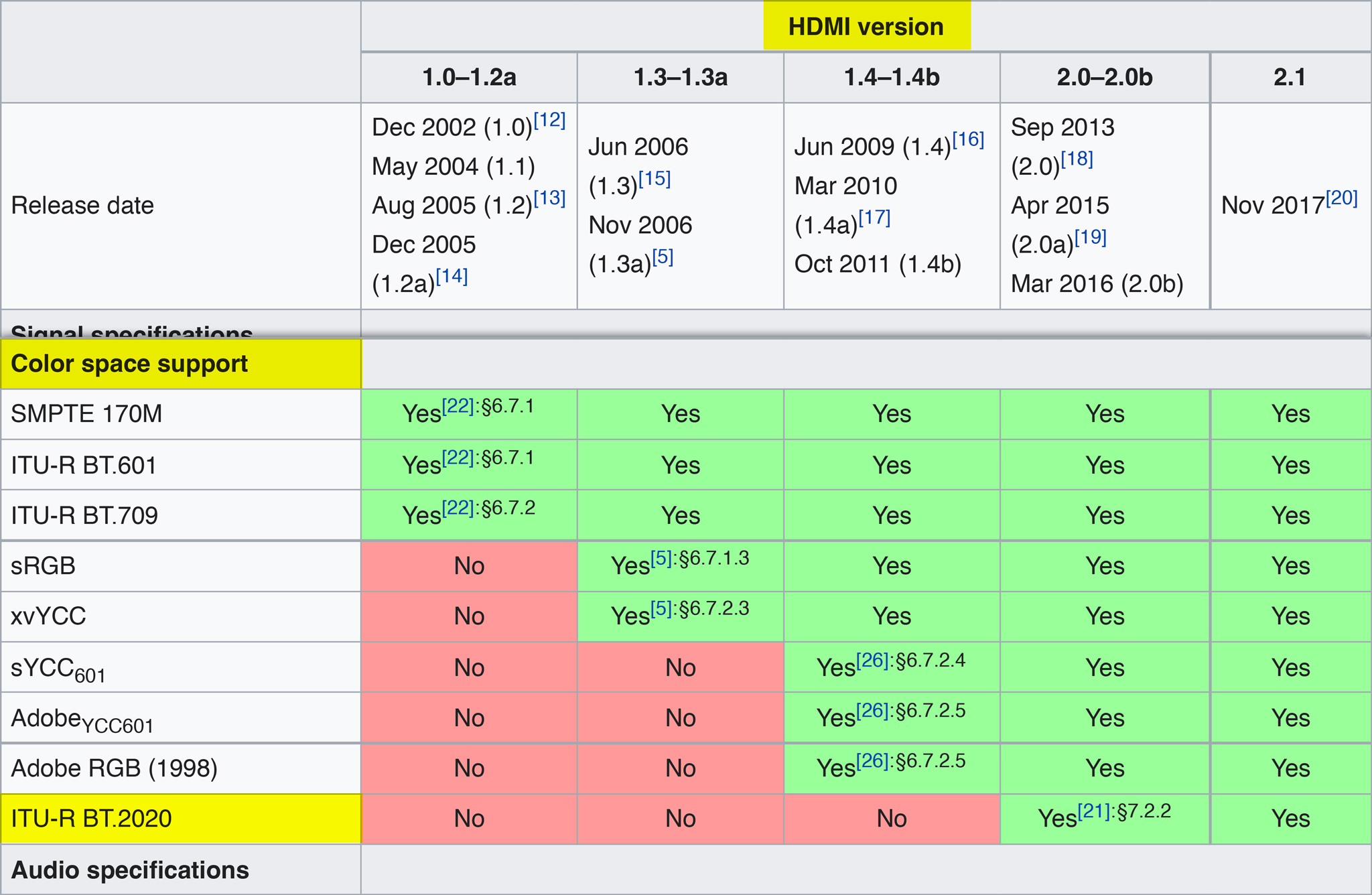Is the Sigma 18–35mm ƒ/1.8 really ƒ/1.8?
Ok, this is the third time I’m writing about aperture values trying to figure out something that is puzzling, I reviewed the concept of aperture in lenses and why the Micro Fourth Thirds System has a hard time trying to emulate a full frame result in the two lasts posts:
First, let me show you a picture I have taken using the Sigma 18–35mm ƒ/1.8 with the full frame camera Canon 6D:

As you can see, the vignetting is quite evident, this is because this lens isn’t designed for full frame cameras but for crop cameras, nevertheless it can be used on a full frame camera because of the EF mount, but, if it is a truly ƒ/1.8 lense, Why it has vignetting? Well, because a truly ƒ/1.8 will completely fill a full frame sensor, Sigma decided to make a version for crop cameras using the very same glass measurements but cropping the extra glass that filled a full frame area, thus, making the same result of a truly ƒ/1.8 lens could have but with the extra unused light, in other words, reducing the aperture.
So, if you could make a truly full frame 18–35mm ƒ/1.8 you will see the very same result as the Sigma lens on crop cameras, but you cannot use the Sigma lens on a full frame camera because, after doing some measurements on the vignetting (not scientific calculations) I have find that the real aperture of this lens is ƒ/2.8 on paper.
I’m going to illustrate this idea of “croping” the glass in order to achieve the same results in crop lenses, let’s say you have a full frame lens and camera, a 50mm ƒ/1.8 on a full frame Canon 6D camera, let’s see how the light is used on different sensor sizes:

So, you want to emulate the same result on a crop camera, the Canon 80D for instance, dividing the focal length and the aperture using 1.6x crop factor give us a 31.2mm ƒ/1.12 lens, but that doesn’t exist, so the closer lens is a 30mm ƒ/1.2:

And, as you can see, a full frame lens will project light for a full frame sensor, but this light isn’t being used, so, they crop the glass that isn’t used in a crop camera:

This solution make the lens look like a 30mm ƒ/1.2 but in reality it is a ƒ/1.9 lens, close to a ƒ/1.8 lens, this is what Sigma did and what most manufacturers do with their crop camera lenses, so in reality they are not selling a truly ƒ/1.8 lens but a lens that on a crop camera looks like and works like a ƒ/1.8 lens, what intrigues me is how most manufacturers for the Micro Fourth Thirds System are making their lenses, Are they truly making big aperture lenses or just cropping lenses?

